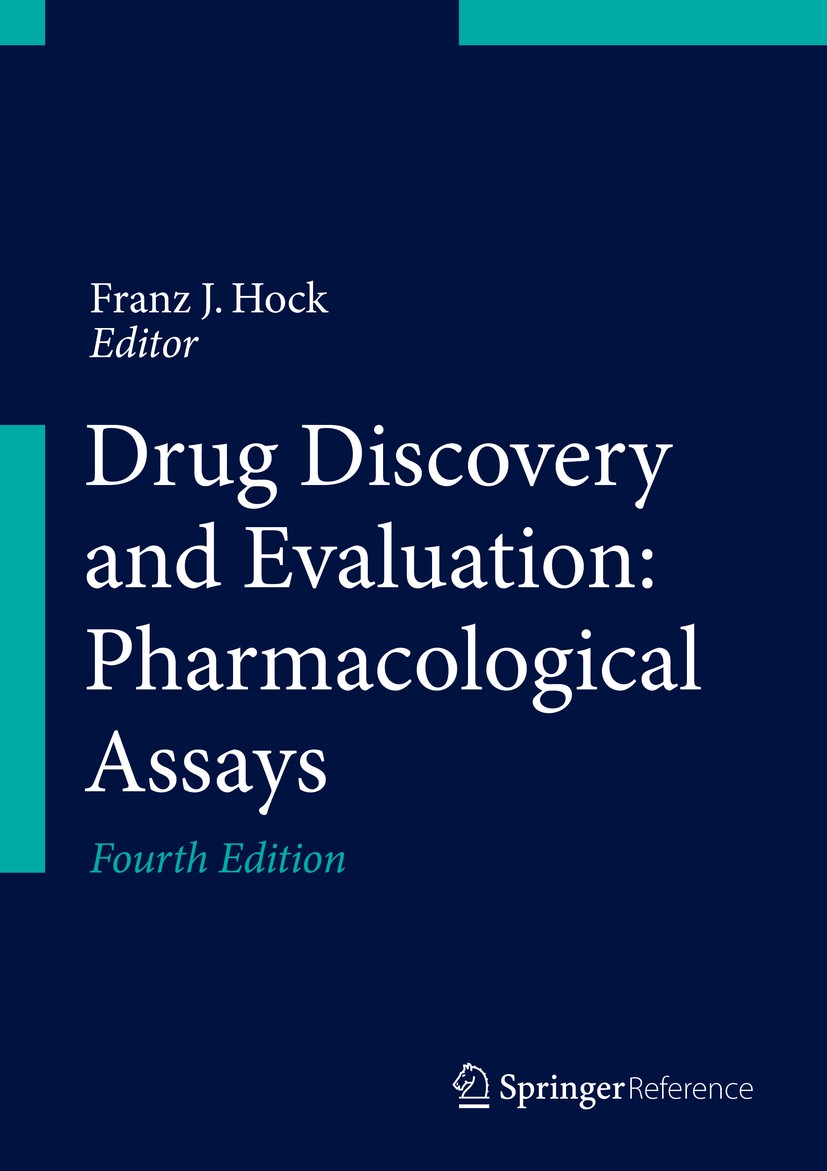| 书目名称 | Drug Discovery and Evaluation: Pharmacological Assays | | 编辑 | Franz J. Hock | | 视频video | http://file.papertrans.cn/284/283078/283078.mp4 | | 概述 | Covers classical and cutting-edge technologies, including methods & assessment of relevance.Updates readers with some 1,000 assays in an easy-to-use and uniform Format.Guides readers on testing and ev | | 图书封面 |  | | 描述 | The 4th edition of this successful reference book contains an updated selection of the most frequently used assays for reliably detecting the pharmacological effects of potential drugs. Effects covered include cardiovascular, analgesic, endocrine, psychotropic, respiratory, renal and immunomodulatory activities. Each of the more than 1,000 assays comprises a detailed protocol outlining the purpose and rationale of the method, a critical assessment of the results and their pharmacological and clinical relevance. In addition, animal models of rare diseases are described. For this 4th edition, all existing chapters have been revised and completely updated. A large number of assays were added. Sections that have been specifically enlarged include - Pharmacological assays in thrombosis and haemostasis, - Antidiabetic activity (includes completely new chapters such as Biochemical Methods in Diabetology), - Anti-atherosclerotic activity. New chapters are added such as Auditory Pharmacology, Oncology Activity, Stem Cells, Omics, Personalized Medicine, etc. | | 出版日期 | Reference work 2016Latest edition | | 关键词 | assays; drug action; drugs; pharmacological tests; toxicology | | 版次 | 4 | | doi | https://doi.org/10.1007/978-3-319-05392-9 | | isbn_ebook | 978-3-319-05392-9 | | copyright | Springer International Publishing Switzerland 2016 |
The information of publication is updating

|
|
 |Archiver|手机版|小黑屋|
派博传思国际
( 京公网安备110108008328)
GMT+8, 2025-11-9 08:14
|Archiver|手机版|小黑屋|
派博传思国际
( 京公网安备110108008328)
GMT+8, 2025-11-9 08:14


